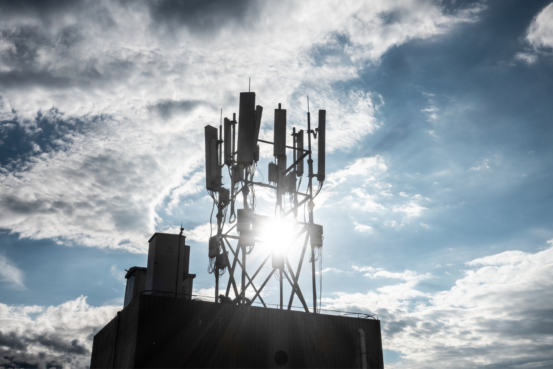The European Commission has ruled out applying ecodesign to base stations for mobile telecommunication networks as part of its new Ecodesign and Energy Labelling Working Plan 2020-2024.
In the wake of the expansion of 5G, the EU decided not to limit the energy consumption of base stations for communication networks, even when millions of them are likely to be installed in the coming decade.
On 13 July, the European Commission confirmed base stations will not be included in the list of product groups to be regulated under ecodesign and energy labelling in the coming years. Commission officials presented their preliminary shortlist at the Consultation Forum meeting with hundreds of stakeholders, as part of their new Ecodesign and Energy Labelling Working Plan for 2020-2024.
5G base stations are one of the product groups that the Commission consultants considered as potential new additions to ecodesign and energy labelling rules in their preparatory study. However, base stations were ultimately left out of their final shortlist agreed by the European Commission, which contains sixteen product categories.
Base stations need ecodesign
Not including base stations under ecodesign and energy labelling rules is a regrettable mistake. Applying ecodesign requirements to base stations could bring savings worth between 11 and 15 TWh/year – a huge amount of energy that equals one-sixth of the total electricity consumed for Netflix streaming worldwide. The savings seem particularly impressive when compared to other selected product groups as explained below.
Base stations are the link between the public network and smartphones (2G, 3G, 4G and the upcoming 5G) – a key element of our telecommunications networks. 5G promises downloading speeds 10 to 100 times faster than 4G, with 10 times lower latency, and a higher density of connected devices (up to 1 million per km2, useful in crowded spaces such as music festivals).
In 2020, a study for the European Commission revealed that base stations and subsystems in the radio access network have a total consumption of about 23 PJ/year in the EU (as much as 400,000 homes). The main environmental argument for the deployment of 5G base stations is that they consume less electricity than 4G. However, since 5G deployment will be so widespread, their energy consumption will actually end up being higher, especially that we cannot realistically expect them to simply substitute to 4G, but rather add up to 4G infrastructure.
In and out – base stations appear and disappear from the plans
References to base stations have come and gone throughout the preliminary steps of the Working Plan.
In March 2020, the European Commission launched a preparatory study, outlining once again the environmental relevance of base stations. They were included in Task 3 of this study, which contains a preliminary list of product groups and horizontal initiatives. However, stations were surprisingly dropped from the final shortlist of Task 4.
The decision not to shortlist base stations seems contradictory to statements made in the previous Task 3 chapter, where consultants acknowledged the benefits of applying ecodesign to these products. They wrote, for example, that due to the expected increase in data traffic, [base stations] remain a product group of special interest and even small improvement in the efficiency can potentially lead to considerable savings in terms of electricity consumption and CO2-emissions.
One could argue that savings from base stations are too insignificant compared to other product groups already regulated. However, products with lower energy-saving potential have been shortlisted for ecodesign regulations under the 2016-2019 Working Plan, such as high pressure cleaners (10 PJ/year). Base stations were shortlisted in the study preparing the 2016-2019 Working Plan and the Commission committed to launching an in-depth assessment of base stations, but such a study has not been published yet.
Limit 5G energy use today – cut millions of tonnes of unnecessary CO2 emissions tomorrow
Today, base stations are largely unregulated. The only significant initiatives trying to limit their energy consumption are the JRC Code of Conduct developed for European broadband equipment and ETSI standard TS 102 706, defining a method to analyse the energy efficiency of wireless access network equipment.
This is clearly not enough for a type of equipment that is expected to expand widely across Europe in the coming years: 75% of the population in France, Germany and the UK will be under 5G coverage by 2025.
We need ecodesign requirements to go one step forward and fill the regulatory gap. As raising data traffic and new developments in 5G are poised to dramatically increase the energy used in telecommunications, ecodesign for base stations is simply a must-have. The deployment of 5G is a matter of high environmental concern for public opinion and among experts, with a lot of pressure on public authorities to act. It is a unique opportunity to make sure digitalisation, which comes with energy and resource footprint, is not seen as a silver bullet to enhance sustainability. The EU cannot afford to remain passive and let energy consumption from mobile communications rise as 5G coverage becomes mainstream.



